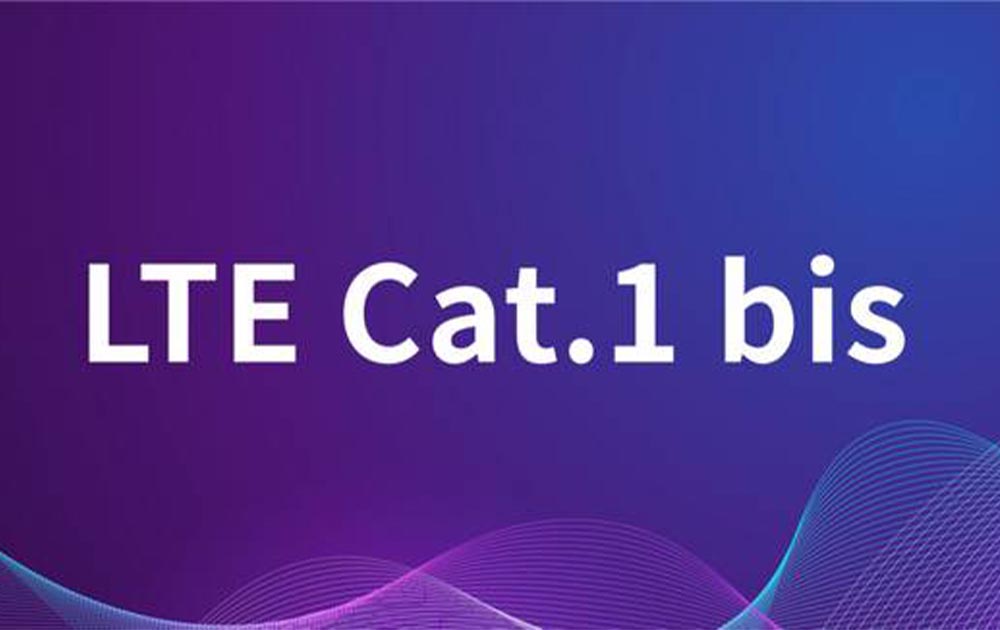The full name of Cat.1 is LTE UE Category 1 (LTE terminal capability level 1). Cat 1bis comes from the definition of the first generation of LTE in 3GPP Release 8 in 2009. It has been unknown for many years. as follows.
In fact, the Cat.1 mentioned in the May 2020 article by the Ministry of Industry and Information Technology is no longer a narrow definition of the first generation of LTE, but a new broad term that includes the connotation of Release 13 Cat.1bis.
1. The origin of the name Cat.1bis?
The bis in Cat.1bis comes from the Latin word "second time or again", and it is placed after Cat.1 to imply that it is a secondary derivative based on the traditional Cat.1 ability level.
2. What is the relationship between Cat.1 and Cat.1bis?
We put the clock back to April 2015, when the first generation of smartwatches was officially launched, opening the curtain of the wearable category. I believe everyone still remembers that early wearable devices mainly appeared in the form of smartphone companions, and did not have independent cellular communication functions, and were not an independent category in an absolute sense. Deeply digging into the root cause, we found that wearable devices have a strong demand for miniaturization design due to the pursuit of the ultimate size, and the 2Rx (dual receiving antenna) antennas that are required for traditional 4G cellular terminals are extremely difficult to place, even if they are forcibly placed, the diversity reception effect will also be greatly discounted. At the same time, as of the era of the rise of smart wearable devices, the official terminal capability level with the 1Rx (single receiving antenna) receiving specification is limited to Cat.0/Cat.M1/Cat.NB1, and their maximum throughput of 1Mbps is not enough to meet User experience of wearing scenes. This means that it is urgent to develop a new level of single-antenna terminal capability suitable for wearable products.
In view of this, from June 2016 to March 2017, the 3GPP RAN#73~#75 standard plenary session discussed and defined the new level of single-antenna terminal capability. Finally, on March 9, 2017, 3GPP Release 13 LTE Cat. The core part of 1bis is officially frozen. It uses the first-generation LTE Cat.1 as the technical anchor, and, together with the subsequent supporting standard performance part and conformance certification part, defines a system that meets the requirements of the medium-speed human-connected/Internet of Things through extremely low standard revision costs. Application scenario and terminal capability level with perfect backward compatibility--Cat.1bis.
Although the original driving force of Cat.1bis only comes from the wearable category, the new level of Cat.1bis terminal capability can not only meet the data throughput requirements of the medium-speed human-connected/IoT category, but also provide better cost than traditional LTE With a smaller size, it can also achieve rapid deployment under the premise of almost zero transformation of the existing 4G access network. The corresponding advantages will naturally be noticed by the competent department of the Ministry of Industry and Information Technology, and it is logical to have the "Notice on Further Promoting the Comprehensive Development of Mobile Internet of Things" at the beginning of this article to fully incorporate Cat.
3. What is cat 1bis
The single receiver category that is parallel to Cat.0/Cat.M1/Cat.NB1 in the official terminal capability level of 3GPP R13 can achieve better cost while maintaining DL/UL 10Mbps/5Mbps peak rate
4. The emergence of cat 1bis
The size of wearable devices has brought a rigid need for single receivers. Through the minimal standard revision of conventional Cat.1 (2Rx), it came out low-key
5. Development of cat 1bis
With ultra-high deployment cost performance (a better compromise between data rate, terminal cost and network transformation cost), it has become the best choice for low-speed application scenarios in the Internet of Everything era, and the new 5G era is parallel with eMBB and NB-IOT.
From Cat.1 to Cat.1bis, the 3GPP standard specification has been continuously upgraded and evolved, and has been gradually accepted and widely used by the entire IoT ecosystem including operators, chip manufacturers, module manufacturers, and terminal manufacturers. From a technical standard on paper to the construction of products and applications of the Internet of Everything in the real world, a series of market segments and industrial ecology based on Cat.1bis are derived, and aggregated into a huge market.

